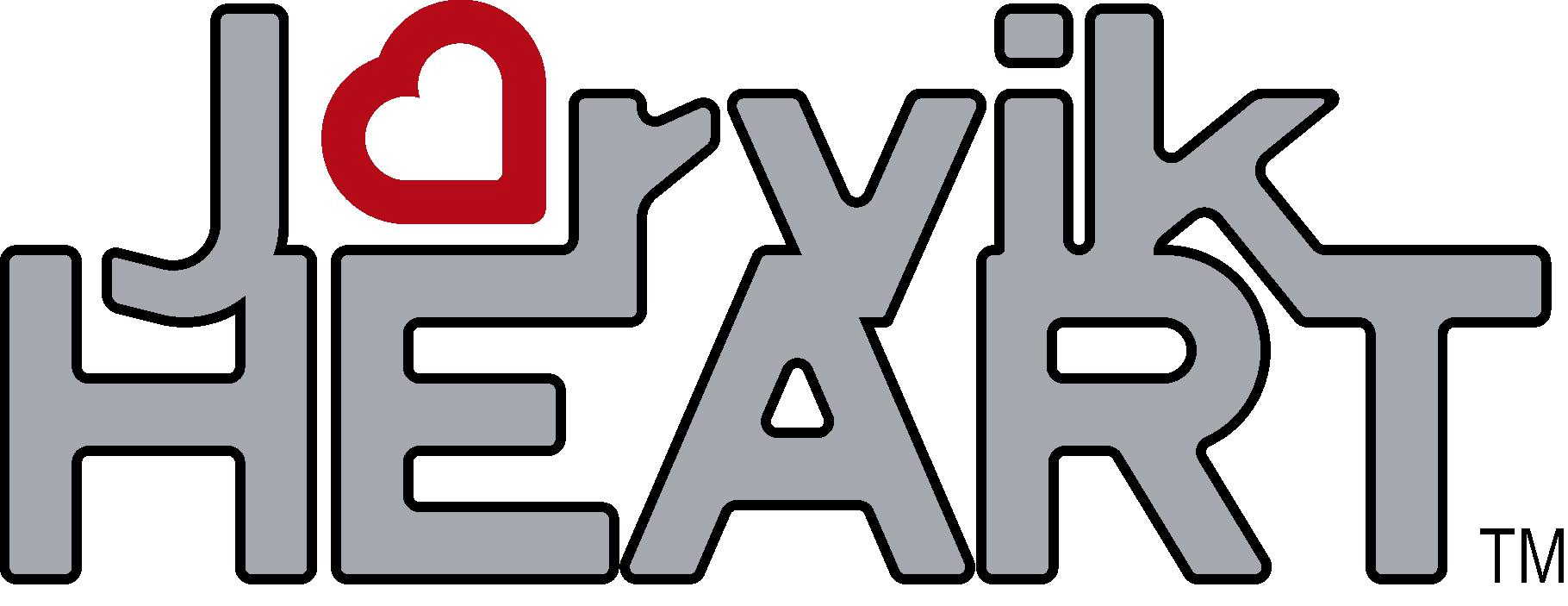The heart, lungs and blood vessels (veins and arteries) make up the cardiovascular system (cardio- meaning “of the heart,” and vascular meaning “of the vessels”). It is the body’s infrastructure for circulating oxygen- and nutrient-rich blood to the tissues and organs that need it. The same system returns depleted and waste-carrying blood to the kidneys, liver and lungs to be cleansed and re-oxygenated. In this way, the body makes use of a finite volume of blood — about 8 liters in the average adult — to supply the body with energy and remove wastes and toxins.
The Heart
The heart is the engine of the cardiovascular system, the muscle driving the movement of blood throughout the body. It is divided into four chambers: right and left atria and right and left ventricles. Electrical signals firing from the “pacemaker” part of the right atrium prompt these four chambers to contract in a coordinated pattern, pumping deoxygenated blood from the veins to the lungs to be oxygenated, and pumping oxygenated blood from the lungs into the arteries to flow throughout the body.
In a basic schematic diagram, the functioning heart looks like this:
Bluish, oxygen-depleted blood returns to the right atrium of the heart from the body via the superior and inferior vena cava, the body’s major veins. The blood flows into the right ventricle and is pumped out at low pressure through the pulmonary artery to the lungs to be cleansed of carbon dioxide and re-oxygenated. Bright red, oxygen-rich blood then returns to the heart via the pulmonary veins into the left atrium. The left ventricle draws this blood through the mitral valve and forces it out through the aortic valve into the aorta, the body’s main artery. (Click here to see animation.)
This last item in the heart’s job description is perhaps its most arduous, requiring the left ventricle to propel blood at high pressure throughout the body against the resistance built-up in thick-walled arteries.
The Left Ventricle
When the left ventricle relaxes, it fills with oxygen-rich blood fresh from the lungs via the left atrium. When it contracts, it forces that blood out into the aorta at high pressure. The aortic valve subsequently closes off, preventing a backup of blood into the heart and allowing the left ventricle to be filled anew.
Blood from the left ventricle flows through the aorta into smaller arteries, arterioles (very small arteries) and capillaries (tiny blood vessels) as needed. When more energy is being used or the body needs to cool itself, the left ventricle contracts and relaxes more rapidly, circulating more blood through the tissues and to the extremities and capillaries near the skin surface to release trapped heat. At rest, the heart rate may slow to maintain equilibrium.
Regardless of the circumstances, it is the full-time and very demanding job of the left ventricle to create blood flow against physiologic resistance. The left ventricle forces blood with enough pressure to circulate it through the entire body. This is basically the same pressure that is measured in your arm at the doctor’s office. People who exhibit especially high blood pressure, or hypertension, may be putting an undue burden on the left ventricle and increasing their risk of heart failure. Heart failure occurs when the left ventricle can no longer put out enough blood to meet the body’s needs.
Systolic and Diastolic Failure
Doctors and cardiologists distinguish between two mechanisms of heart failure involving the left ventricle. The more common mechanism is weakness in the left ventricle’s contractions, or what is called systolic failure. In systolic cases, the muscle surrounding the left ventricle lacks the strength to push enough blood out of the heart, usually due to tissue damage and heart enlargement.
Diastolic heart failure, on the other hand, occurs when the left ventricle cannot expand sufficiently, preventing it from filling with enough blood in the first place. Scar tissue from an infection around the heart or a heart attack can cause this condition.

